Hellsgate Express Tour - Tauranga Shore Excursion
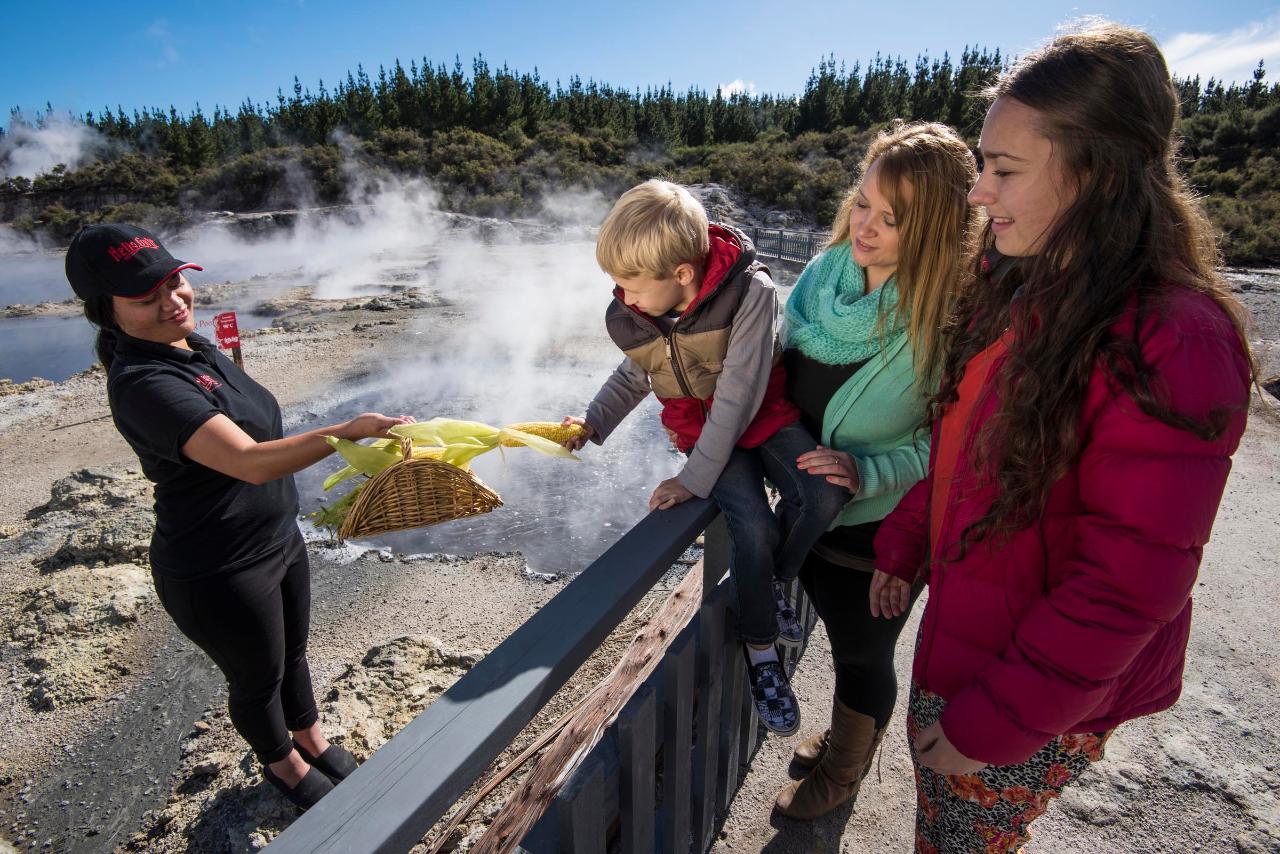
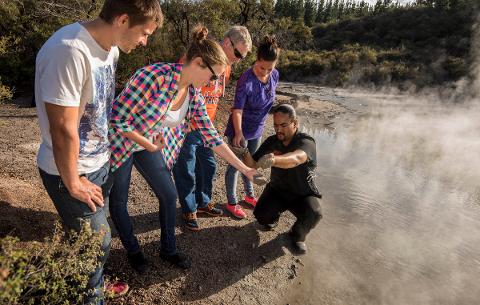
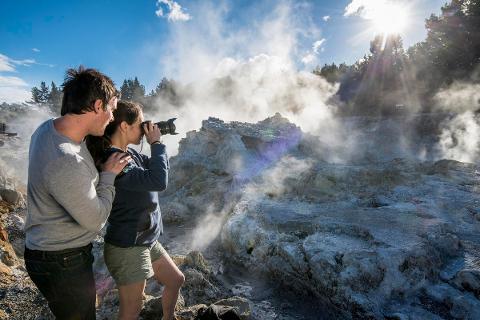
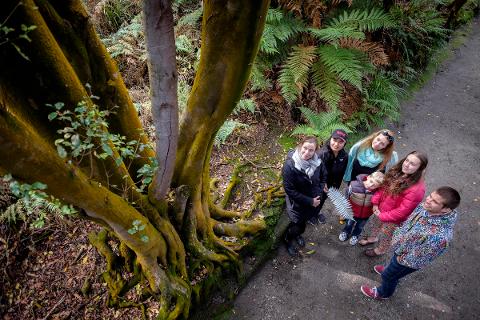
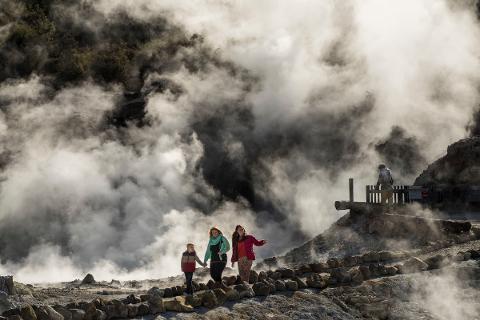
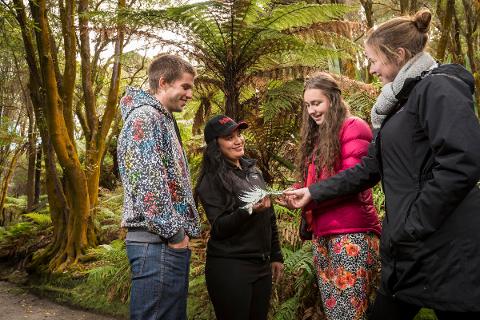
- Duration: 4 Hours (approx.)
- Location: Mt Maunganui, Tauranga
- Product code: TGA - SX - HG
(Typically departs at 10am - times are adjusted to suit each ships port schedule.)
On Arrival, you are free to explore with a self-guided tour of the Geothermal park.
At the conclusion of your time at Hellsgate, rejoin your transport to return to the ship (guaranteed in plenty of time for sailing!)
Hellsgate
Hell’s Gate Geothermal Reserve extends over 50 acres, with a large variety of geothermal features as well as native New Zealand bush and the largest HOT waterfall in the Southern Hemisphere. Walk past steaming fumeroles and pools of boiling mud so violent they are unnerving. As a Kiwi Excursions guest you will also enjoy a complimentary guided walk around the reserve if you wish – or feel free to explore on your own, self guided with a map provided.
Below are some of the features in the reserve:
Inferno
This area consists of five separate pools, which range from 70°C to 110°C with depths from 5m to 15m.
This area shows clearly that Hells Gate in Rotorua is very active! Hells Gate asks visitors not to throw any stones into the pools as these can block the vents and can cause an eruption in the pathways as pressure builds up.
Mud Volcano
This is the only example of a mud volcano in a thermal park in New Zealand!
The mud volcano here is also unique in that normally mud formations are only 0.9m in height whereas the volcano here is already over 1.8m and looking to get taller.
From a volcanic perspective the shape of the mud volcano is that of a composite cone similar to three volcanoes in the middle of the North Island. Instead of lava the mud volcano regularly discharges mud lahars or ejects mud similar to lava bombs.
Every six weeks or so the top of the volcano goes hard and over a two to three day period pressure builds up which causes the top mud layer to erupt over a 5m wide diameter. Thankfully almost all of these eruptions take place at night.
Kakahi Falls (Hot Waterfall)
The Kakahi Falls is the largest hot waterfall in the Southern Hemisphere.
Its temperature is approximately 40°C, which is a nice hot shower. The falls hold a special place for Maori people, in that they were used by warriors to bathe and cleanse themselves of the blood of battle when they returned.
The sulphur in the water was very good in that it acted as a salve to the wounds and scratches, that the warriors received at the hands of their enemies.
The full name of the falls is ‘O Te Mimi O Te Kakahi’ which is translated into ‘the urine of Kakahi’. The reason behind this name is that like all indigenous people, our Maori warriors knew that urine is also a great salve that you could apply to cuts and wounds when you were not able to come to these falls.
Kakahi was a noted warrior of Rangiteaorere and hence the name.
The other reason why this site is of importance to Rotorua Maori was that the Tohunga or Medicine man for the tribe would bring the new born baby boys to these falls and dedicate the boys to the God of War. This ceremony which was very similar to a Christian Baptism took place in the hollowed area directly below the middle waterspout.
Cooking Pools
The black pool is our Cooking Pool.
These geothermal hot pools were historically used to cook food by Rotorua Maori!
The most important aspect of this pool, is that it has a constant temperature of approximately 93oC through the year and although it smells of sulphur and is black, the rules are, what you see and smell does not taint the food.
When vegetables are cooked in this pool, they end up with a very soft skin due to the natural softeners in the water.
If you look closely around the edge of the pool you will see what appears to be a growth of some kind. Most people have heard of or seen sea coral. This growth is the closest thing to land coral. It’s alive and consists of thermophyllic bacteria which is bacteria that likes heat. This bacteria lives on the nutrients in the water and over time the bacteria gets coated with the silica in the water to produce the coral type formation that you see here. This process only occurs in the three pools in this area, as they are have the correct temperature and the correct balance of nutrients.
